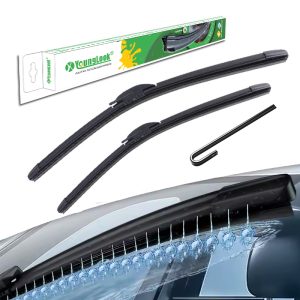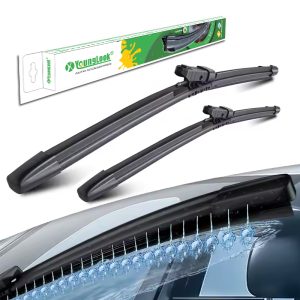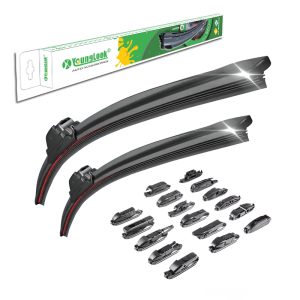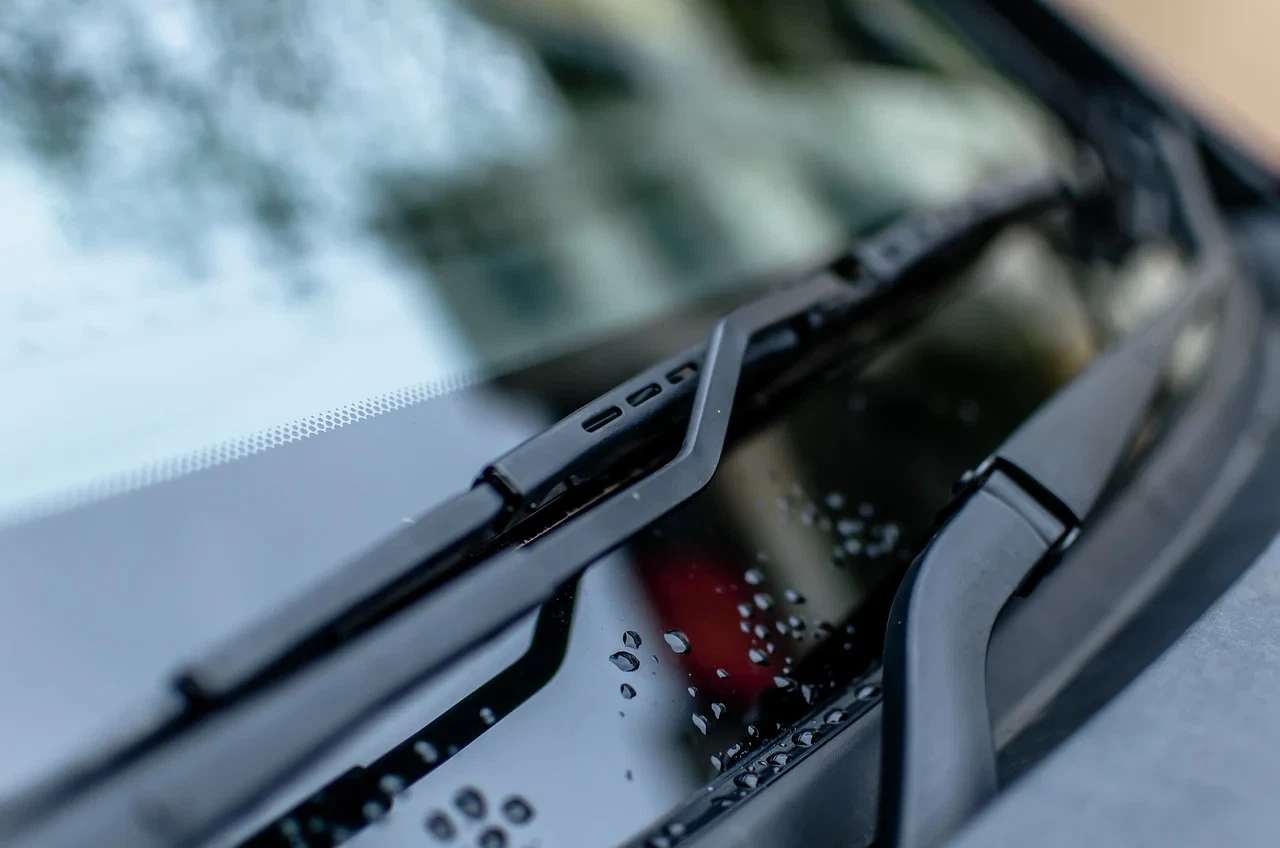
When you think about essential car components, the engine, brakes, and tires likely come to mind. But there’s another, often underestimated, component that plays a critical role in ensuring your safety on the road – wiper blades.
Wiper blades are like the unsung heroes of your vehicle. They quietly wait on the sidelines, ready to act when needed. Most of the time, they might not even cross your mind. But when the heavens open up and rain or snow starts to fall, they become your best friends.
Correlation Between Wiper Blades and Visibility
The correlation between wiper blades and visibility is undeniable. Picture yourself driving through a heavy rainstorm. The windshield is getting pelted by raindrops, and without wiper blades, you’d have a near-impossible time seeing the road ahead. It’s the wiper blades that swing into action, swiping away the rain and allowing you to maintain a clear line of sight.
Now, think about the opposite scenario – you’re driving on a sunny day, and your windshield is covered in dirt, dust, or dried insect splatters from your last road trip. Without functional wiper blades to cleanse the windshield, your visibility becomes compromised. In both cases, the quality and condition of your wiper blades directly affect your ability to see the road ahead.
Driving Safety and Wiper Blades
The condition of your wiper blades is closely tied to driving safety. Imagine you’re on a long road trip, and you encounter a sudden downpour. Your ability to react to changing road conditions depends on your visibility. If your wiper blades are old, damaged, or ineffective, your reaction time is significantly reduced, increasing the risk of accidents.
It’s not just rain or snow; wiper blades also play a crucial role in removing debris, leaves, or bird droppings from your windshield. Any obstruction on your windshield can distract you and reduce your focus on the road. In the worst cases, it can lead to dangerous situations.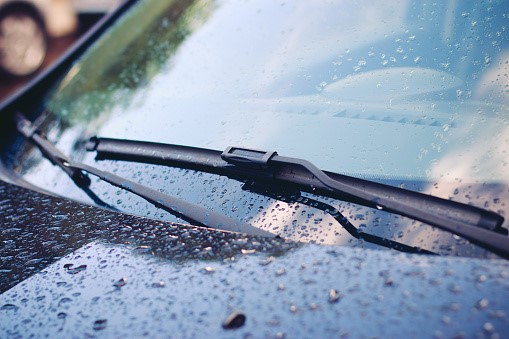
Signs of Worn-Out Wiper Blades
Now that we’ve established the importance of wiper blades, let’s talk about how to recognize when they need replacing:
Streaking: If your wiper blades leave streaks on the windshield, it’s time to change. Streaking indicates that the rubber has worn down and the blade is no longer making proper contact with the glass.
Chattering: Wiper blades should move smoothly and quietly across the windshield. If you hear chattering or skipping sounds, it’s a sign that the blade has become rigid and is not flexing correctly.
Splitting or Cracks: Inspect your wiper blades for any visible signs of splitting, cracks, or damage. These issues can result in uneven cleaning and reduced visibility.
Ineffective Cleaning: If your wiper blades are no longer effectively cleaning your windshield, they need replacement. This could manifest as leaving behind dirt or water after swiping.
The Importance of Regular Maintenance
Maintaining your wiper blades is essential for your safety and driving comfort. Here are some simple steps you can take:
Regular Cleaning: Clean the wiper blade surface with a soft cloth and mild detergent. This helps remove dirt and grime that can affect their performance.
Avoid Using Wipers on a Dry Windshield: Using your wipers when the windshield is dry can damage the blades. Only use them when necessary.
Protect from Ice and Snow: In winter, clear ice and snow from your windshield before turning on the wipers. Ice can damage the rubber blades.
Wiper blades are essential for maintaining visibility, ensuring your safety on the road, and making driving in various weather conditions possible. Regularly inspect and replace your wiper blades to guarantee clear visibility and enhance your driving safety. Don’t underestimate the role these humble heroes play in your daily commute.

